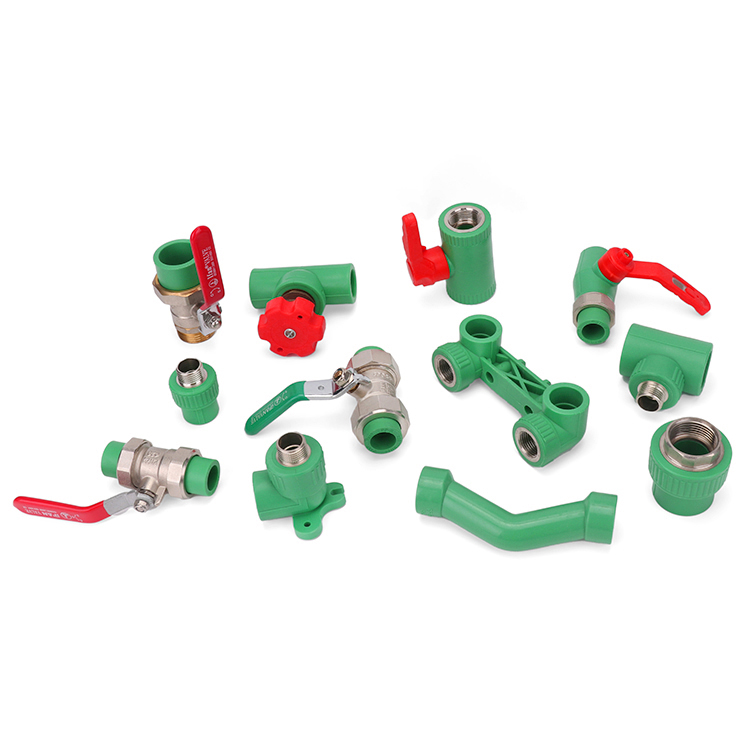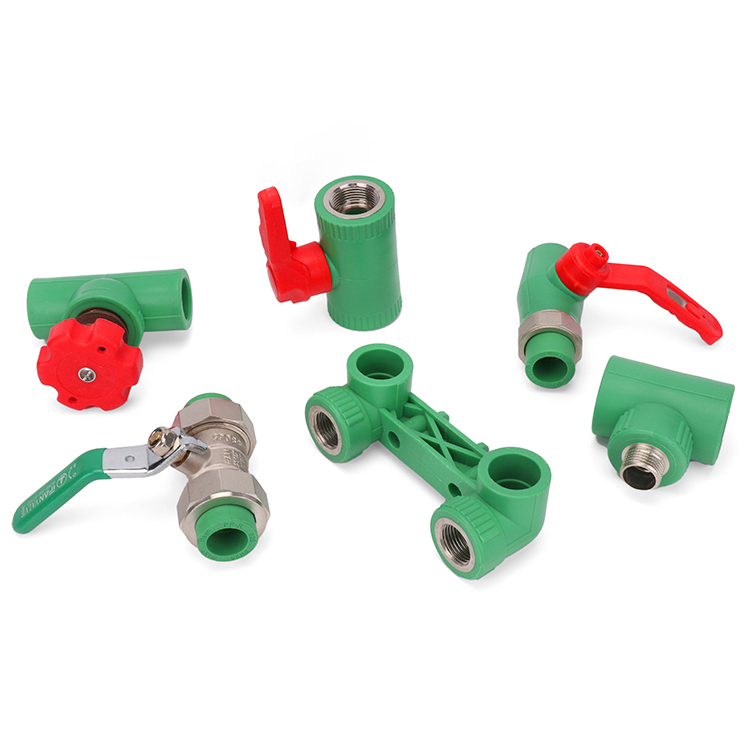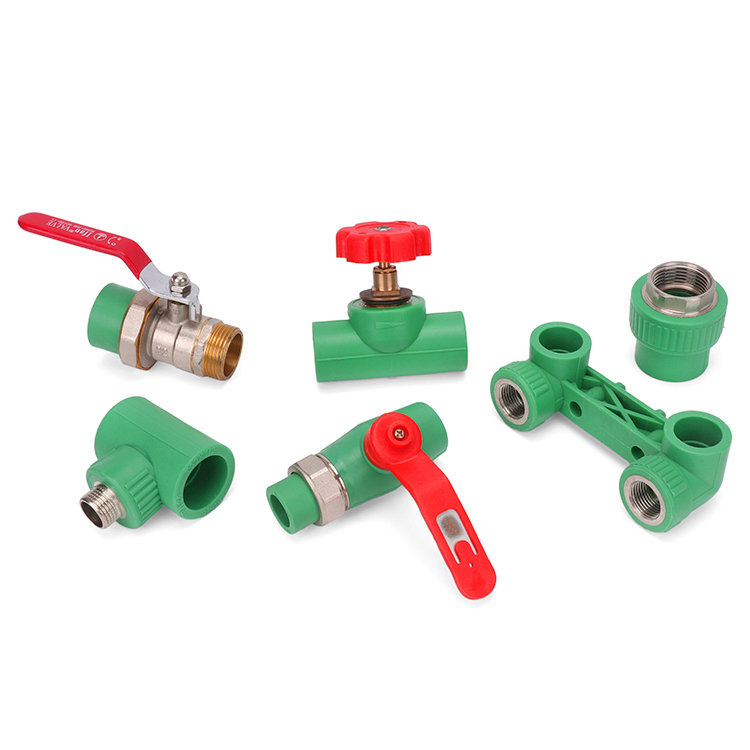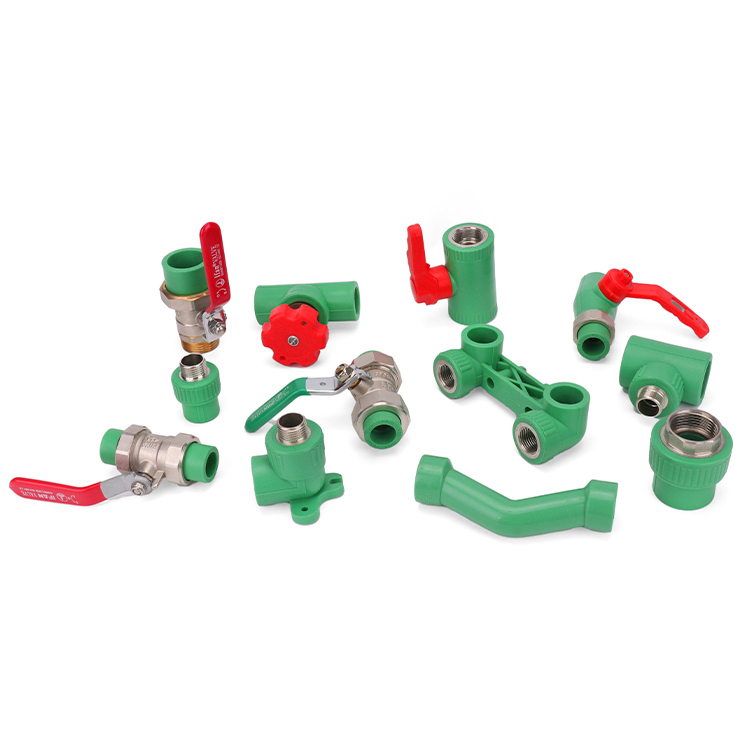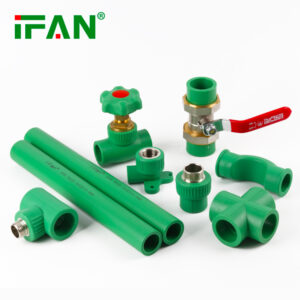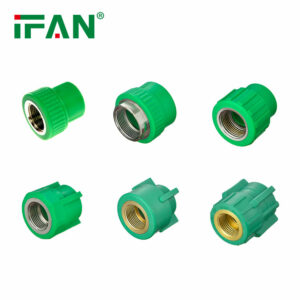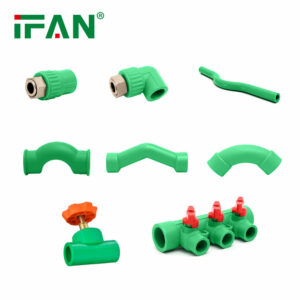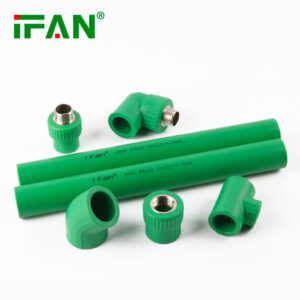Description
PPR Fittings: The Essential Component of Modern Plumbing Systems
PPR fittings, a crucial part of the PPR (Polypropylene Random Copolymer) piping system, play a vital role in ensuring the reliability and efficiency of modern plumbing systems. This article aims to provide a comprehensive and novel overview of PPR fittings, exploring their design, applications, installation procedures, and maintenance considerations.
Introduction to PPR Fittings
PPR fittings are designed specifically to connect PPR pipes, creating a secure and leak-free plumbing system. Made from the same polypropylene random copolymer material as PPR pipes, these fittings are strong, durable, and offer excellent chemical resistance. Their compatibility with PPR pipes ensures a perfect fit, allowing for efficient fluid flow and minimal pressure loss.
Types and Applications of PPR Fittings
PPR fittings come in a variety of types, each designed for a specific purpose. Common types include elbows, tees, couplings, and sockets, among others. These fittings are widely used in both domestic and industrial plumbing systems, including water supply, drainage, gas distribution, and heating and cooling systems. Their versatility and compatibility with PPR pipes make them a preferred choice for plumbers and contractors.
Design Considerations of PPR Fittings
The design of PPR fittings takes into account several key factors to ensure their performance and reliability. Firstly, they are designed to fit perfectly with PPR pipes, ensuring a tight and secure connection. Secondly, they are manufactured using high-quality polypropylene random copolymer material, ensuring durability and chemical resistance. Additionally, PPR fittings are designed with smooth internal surfaces to minimize pressure loss and fluid turbulence.
Installation of PPR Fittings
The installation of PPR fittings requires careful attention to detail to ensure a secure and leak-free system. Proper alignment and support of the fittings are crucial to prevent stress and deformation. Additionally, the use of appropriate sealants and adhesives is essential to create a watertight connection. Plumbers should follow manufacturer’s instructions and industry standards to ensure proper installation.
Maintenance and Inspection of PPR Fittings
Regular maintenance and inspection of PPR fittings are crucial to ensure their continued performance and reliability. Plumbers should periodically inspect fittings for leaks, cracks, or other damage and replace any worn or damaged components promptly. Additionally, the use of appropriate cleaning agents and procedures can help maintain the integrity of the fittings and prevent the buildup of debris or contaminants.
Conclusion
PPR fittings are an essential component of modern plumbing systems, ensuring the reliability and efficiency of fluid flow. Their compatibility with PPR pipes, versatile design, and excellent chemical resistance make them a preferred choice for plumbers and contractors. By following proper installation and maintenance procedures, PPR fittings can provide a secure and leak-free plumbing system for years to come.
Related products
-
PPR Fittings
Easy to Install Brass Fittings for DIY Projects
-
PPR Fittings
PPR Pipe and Fittings
-
PPR Fittings
PPR Water Fittings
-
PPR Fittings
IFAN PPR Fittings


